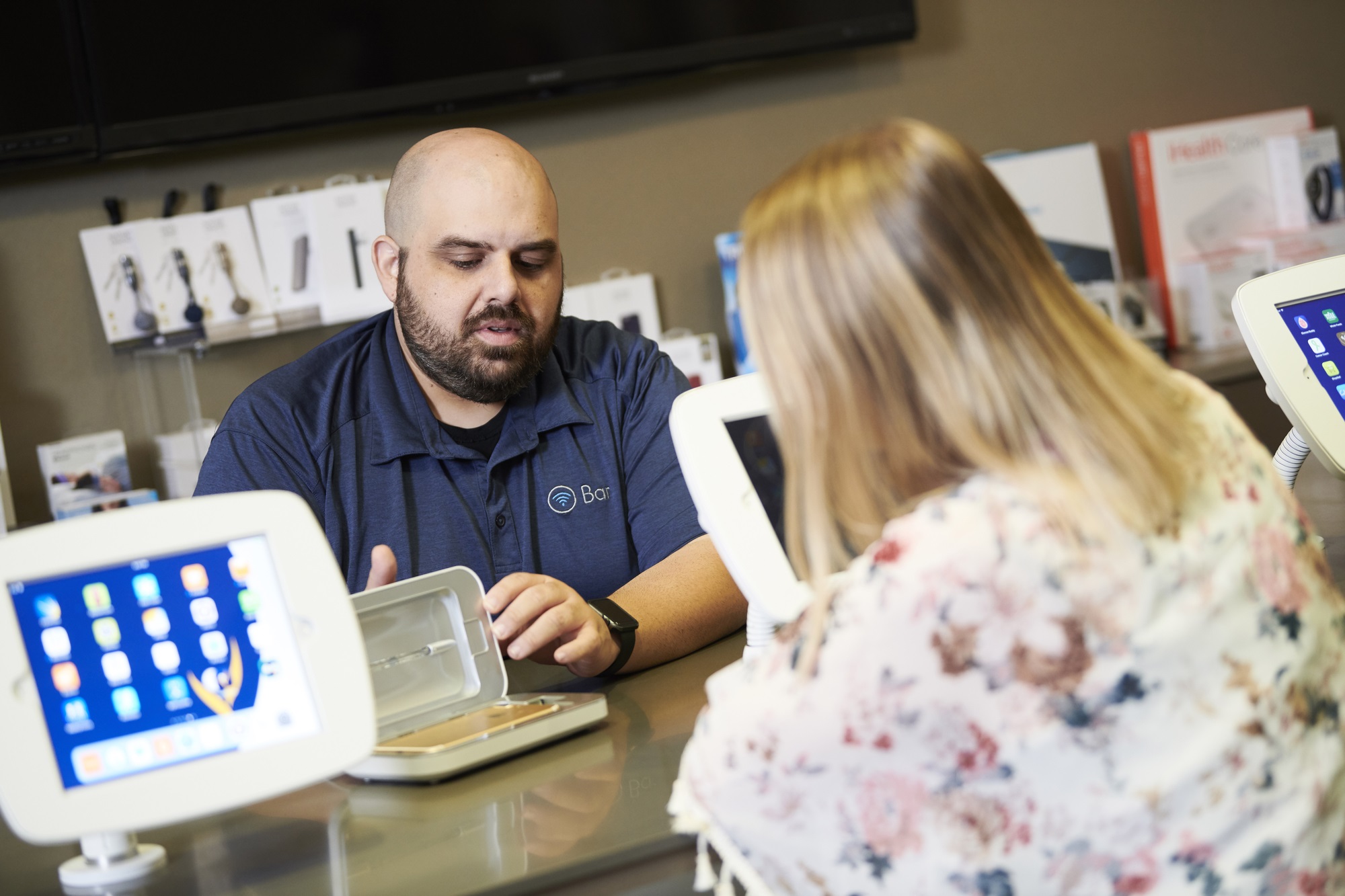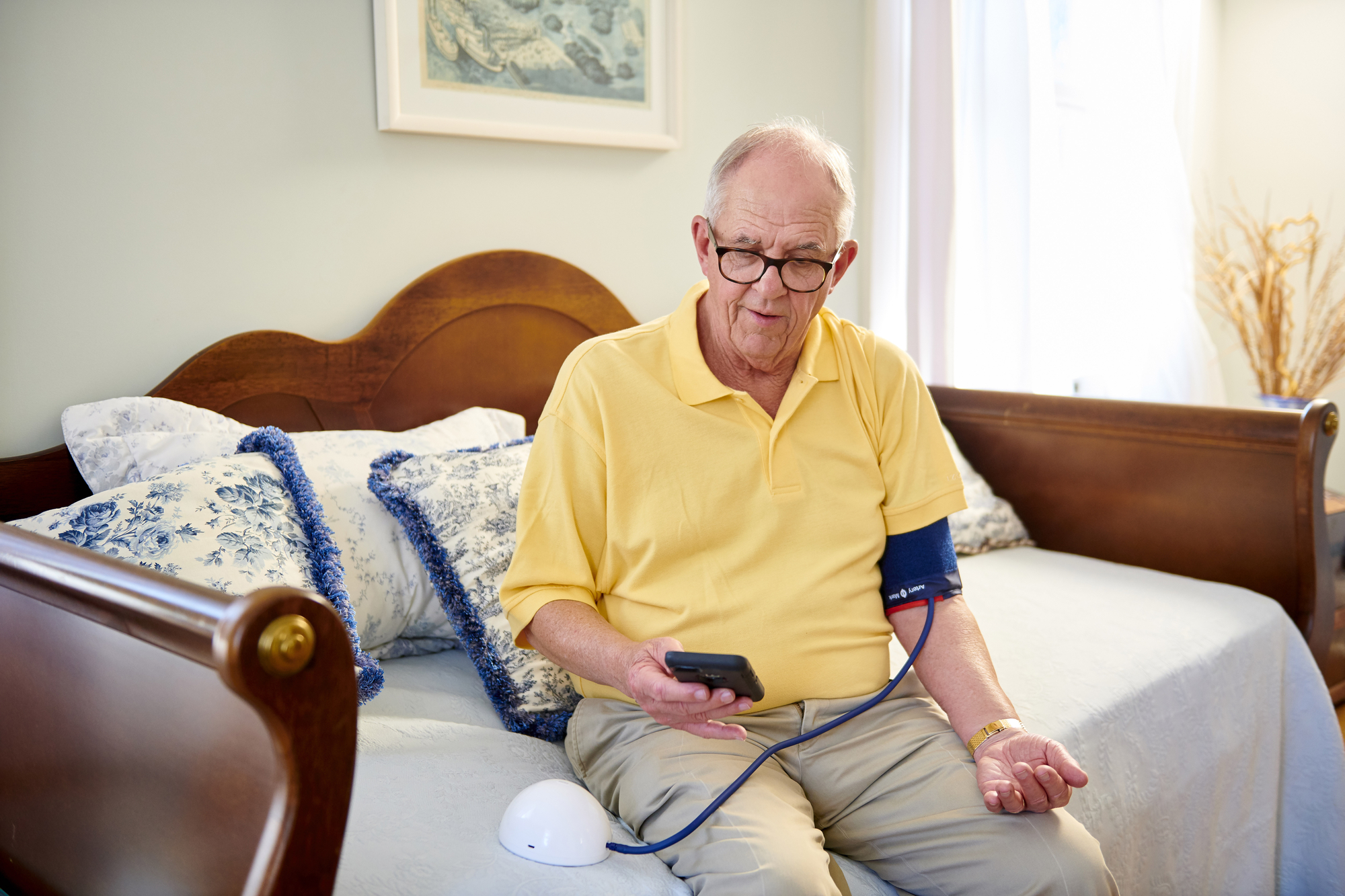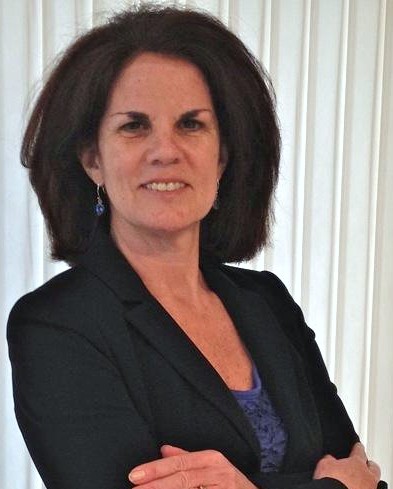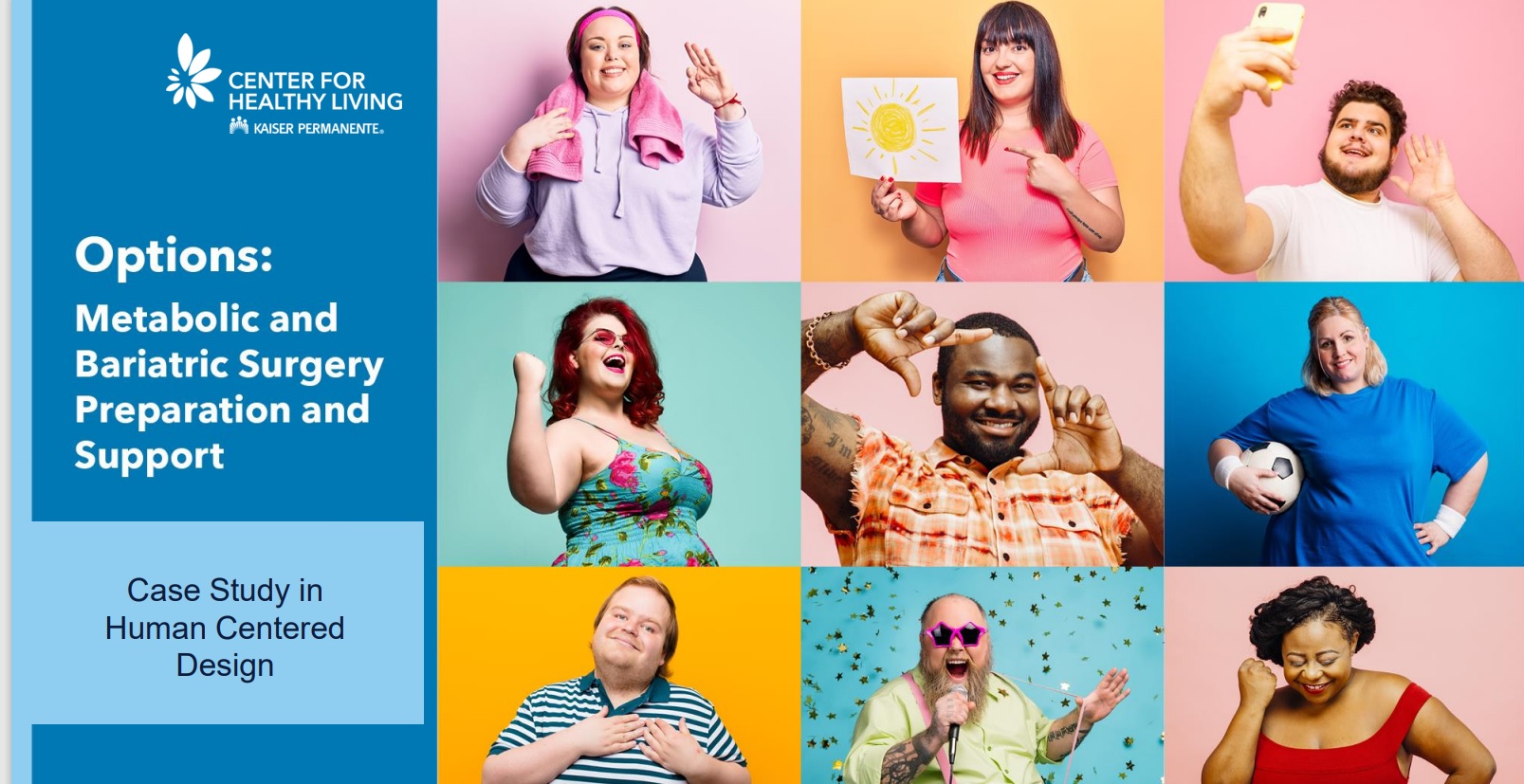Digital Medicine is a nationally recognized, clinically proven program revolutionizing how we treat chronic conditions combining digital tools and engagement with a dedicated care team.
 Ochsner O Bar Supports Patient's Digital Health needsIn 2015, Ochsner Health launched its first Digital Medicine Program for Hypertension. Since publishing success outcome measures in The American Journal of Medicine, Ochsner’s Chief Clinical Transformation Officer Dr. Richard Milani, and his team have built on the framework to support patients with chronic conditions (e.g., Diabetes, COPD) and Maternal care. Over 30,000 patients have participated in an Ochsner Digital Medicine Program.
Ochsner O Bar Supports Patient's Digital Health needsIn 2015, Ochsner Health launched its first Digital Medicine Program for Hypertension. Since publishing success outcome measures in The American Journal of Medicine, Ochsner’s Chief Clinical Transformation Officer Dr. Richard Milani, and his team have built on the framework to support patients with chronic conditions (e.g., Diabetes, COPD) and Maternal care. Over 30,000 patients have participated in an Ochsner Digital Medicine Program.
With the cost of chronic care, including indirect costs (productivity loss) reaching $3.7 trillion a year, Ochsner is focused on better managing chronic care through three key levers: medication management, behavioral change, and frequent data collection from home.
Milani believes that a successful Digital Medicine Program must:
- use the latest guidelines for medication management, important because ideal medications are always changing, and a certain medication may be more effective for one patient (profile) than another.
- be designed with behavioral science to impact lifestyle change, which includes everything from delivering the right type and timing for nudges to aligning patient needs with right level of high touch care support.
- leverage data captured and presented within a reasonable time so that clinicians can respond before the patient’s health becomes a problem.
Dedicated Team, Centralized Monitoring
Ochsner’s Digital Medicine programs are supported by a dedicated team of over 60 professionals, including clinicians, coaches, pharmacists, physical therapists, behavioral scientists, IT developers, technology engineers, user experience, content specialists, data scientists and advanced analytics.
Team members help patients throughout their program journey, with onboarding, educating and ongoing care support. An important benefit of having one Digital Medicine team is that the program can be personalized to the patient’s specific needs (e.g., required monitoring devices) and supported by the same clinician and coach.
EMR Foundation
“The technology foundation of our Digital Medicine Programs is the EMR Epic,” explains Milani. “Our patients are given clinically validated devices approved for the program, with device data flowing into the EMR.”
Ochsner has evaluated and selected a set of devices for this program for each condition, which patients are required to use to connect into the Program. Ochsner distributes the devices and is the point of contact for any technical issues.
Patients access their Digital Medicine Program through the Epic portal My Chart (via website and patient mobile app), where they can view trends on device measures, access educational information, complete assessments, and exchange messages with the Digital Medicine Care team.
“For our clinicians, we have designed dashboards which help triage and prioritize patients based on incoming patient health data including Social Determinants of Health,” says Milani “We have set up alerts for our program care team based on selected physiological and inputted measures. Other providers of the patient’s care can access information in Epic, including a Monthly Report.
Patient Digital Medicine Program Experience
 Ochsner Digital Medicine Patient After a referral from his physician, patient Peter (not his real name) is invited through Epic to participate in Ochsner’s Hypertension Program. Participating in the program means that Peter can reduce time off from work and save time driving time for some appointments.
Ochsner Digital Medicine Patient After a referral from his physician, patient Peter (not his real name) is invited through Epic to participate in Ochsner’s Hypertension Program. Participating in the program means that Peter can reduce time off from work and save time driving time for some appointments.
Peter has the option of having the device(s) and program setup information mailed to him, or if nearby, Peter can stop by Ochsner’s O Bar – a physical location that allows patients to test drive more than 100 Ochsner-approved health apps and purchase devices. There’s a technology specialist behind the counter to answer questions and give app demonstrations. (Think genius bar to support patient health technology).
Once Peter sets up his blood pressure monitor, his measures are sent to his care team. If any measures are out of range, his care team will reach out to discuss any possible changes needed. Peter’s coach sets up personalized messages regarding lifestyle changes needed and reminders to keep him on track with taking his medication and taking his readings. Peter can communicate with his coach via SMS texting, My Chart messages or via phone.
“We are seeing that patients prefer to communicate asynchronously with their clinicians and coaches, so we are giving them the tools to do so,” says Milani.
Digital Medicine Program Success
“We evaluate success based on a few key measures,” says Milani. “We look at outcomes and are seeing a consistent 2-3 times improvement in control rates with our program. We also look at Net Promoter Scores (NPS) and we are getting very high patient satisfaction scores of 87-90.”
Ochsner recently conducted a pilot program (beginning in June 2020 and ongoing) to investigate how digital medicine with remote patient management can improve outcomes for Medicaid patients battling chronic diseases like Hypertension and Type 2 Diabetes. The results were statistically and clinically significant. Enrollment in Ochsner Digital Medicine brought nearly half of all out-of-control Hypertension patients under control at only 90 days, which was 23% more likely than usual care. Control rates continued to improve as patients remained in the program during its first 18 months. More impressively, 59% of people with poorly-controlled diabetes achieved control over their condition as part of the digital program – a rate twice as high as usual care.
Most patients achieved control of their hypertension and diabetes within 90 days of beginning the program, even those who had poor control prior to enrollment.
In addition to improving health outcomes, participation in the digital medicine program resulted in high patient satisfaction, with a net promoter score greater than 91 for Medicaid participants. This is consistent with the high patient satisfaction with digital chronic disease management programs at Ochsner among non-Medicaid patients.
“We're offering patients compassionate human care combined with the power of technology, and we’ll continue to expand these programs to help more patient populations”, Milani concludes.
Success in their words
Patients:
“My care team has been really helpful. They’ve explained things to me… offered me suggestions. I really like the fact of daily accountability. I’ve lost about 103 pounds. I feel better. I have energy that I didn’t have a year ago.”
“I know I’m sleeping better–my hair, my skin, my vision–just different things that you start to notice that we take for granted that are all tied into our blood pressure and blood sugar. I’m a living testimony that it (the program) works! I know for a fact Ochsner Digital Medicine has saved my life.”
“I feel like this is more normal. Someone’s got my back and… I will be able to use [the program] for the rest of my life.”
“The Ochsner Digital Medicine Care Team helped me by guiding me in every way possible – giving me tips on my diet and adjusting my medication on the fly. They are a good support team.”
Staff:
“I love the Ochsner Digital Medicine program. As a physician, I love having the Digital Medicine team helping me because it’s like having other coaches on the team.” Dr. Victoria Smith
Ochsner’s Digital Medicine Program is available to employees across their health system.
“The Ochsner Digital Medicine program is one of the most important components of healthcare for our (employees). If I can offer better benefits and possibly reduce healthcare costs, why wouldn’t I? We have had employees sign up for the hypertension and Type 2 diabetes programs and have seen many positive results in a short period of time. The program lets your employees know how much they mean to you by investing in them”, Chief of Administration, Chris Kaufmann
 Permalink
Permalink  care collaboration,
care collaboration,  chronic care management,
chronic care management,  patient generated health data in
patient generated health data in  Behavior Change Health & Wellness,
Behavior Change Health & Wellness,  Care collaboration,
Care collaboration,  Connected Health,
Connected Health,  Decision support,
Decision support,  Mobile Health,
Mobile Health,  Patient Centered Care Design,
Patient Centered Care Design,  Patient Decision Support,
Patient Decision Support,  Patient Engagement,
Patient Engagement,  Patient Experience,
Patient Experience,  Patient Journey,
Patient Journey,  Patient Portal,
Patient Portal,  Population Health,
Population Health,  Population health management,
Population health management,  TeleMedicine,
TeleMedicine,  digital health,
digital health,  online coaching,
online coaching,  patient health education
patient health education 










